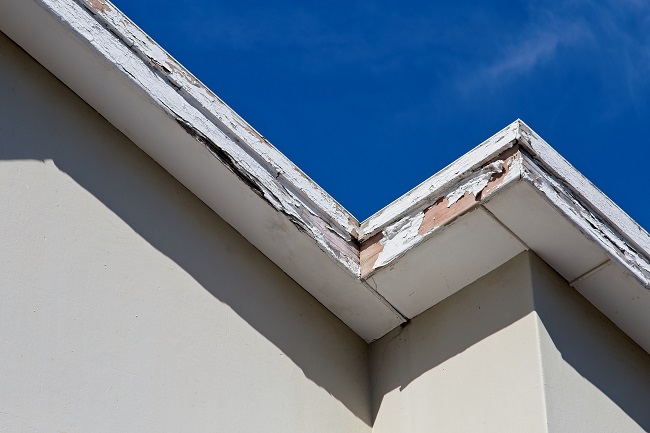Excess moisture may cause wood to rot in many different parts of your home. This problem could affect the attic, window frames, deck, doors, siding or roof. Wood can also decay in any part of a building, especially if there’s leaky plumbing nearby. When this material begins to deteriorate, it introduces three significant dangers:

1. Risk of Collapse
Wooden components weaken as they rot, so they can easily break under pressure. This might happen as the result of an accident, powerful winds or a deep snow accumulation. For instance, the rotten wood beneath damaged shingles could fall apart in a severe storm. If this problem becomes particularly serious, an entire ceiling, floor, wall or deck might collapse.
2. Widespread Damage
Like rotting food, decaying wood usually harms anything that it touches. Adjacent boards may begin to rot as drywall and insulation become soggy. Meanwhile, your home’s screws, nails and other metal components could rust. Vinyl surfaces might stay intact and look the same as usual. Unfortunately, they can hide rotting materials until the problem becomes very difficult to fix.
3. Insect Infestations
Wood-boring pests prefer to invade decaying boards. They’re easier to chew and provide much-needed moisture. These insects will treat them the same way as a dead tree in the forest. Some species hollow out this material to create nests; others consume it to gain nourishment. Sadly, these destructive bugs could even infest parts of your house that haven’t rotted.
Basically, decaying wood might seriously damage your home and put your safety at risk. Be sure to repair or replace it promptly. It’s also vital to prevent future problems. You might benefit from installing exhaust fans, a range hood, gutters, new roofing or a dehumidifier. Other remedies range from repairing plumbing leaks to sealing cracks in the foundation. Our knowledgeable staff can help you find the right solution; please contact us today for expert assistance.
